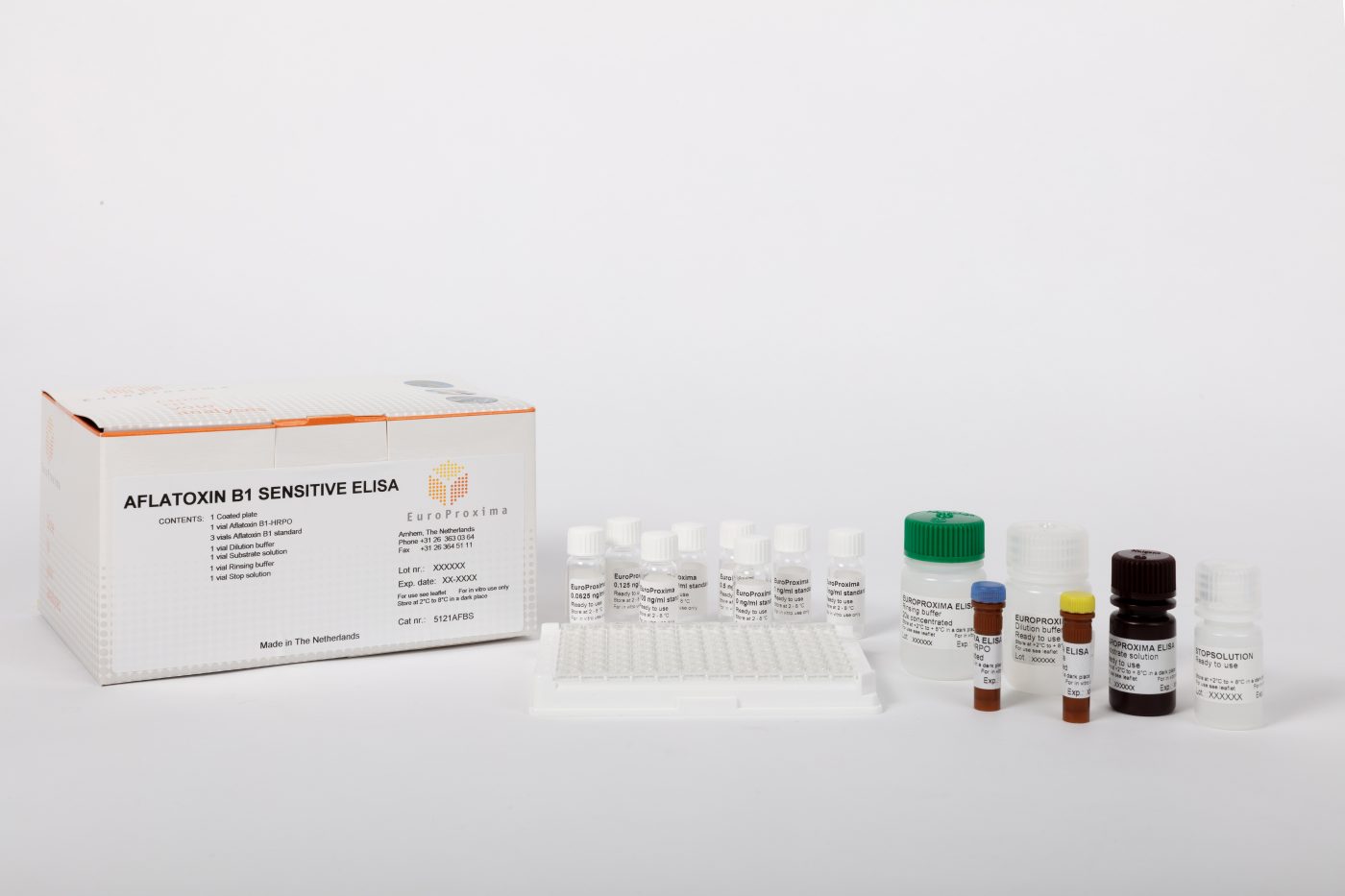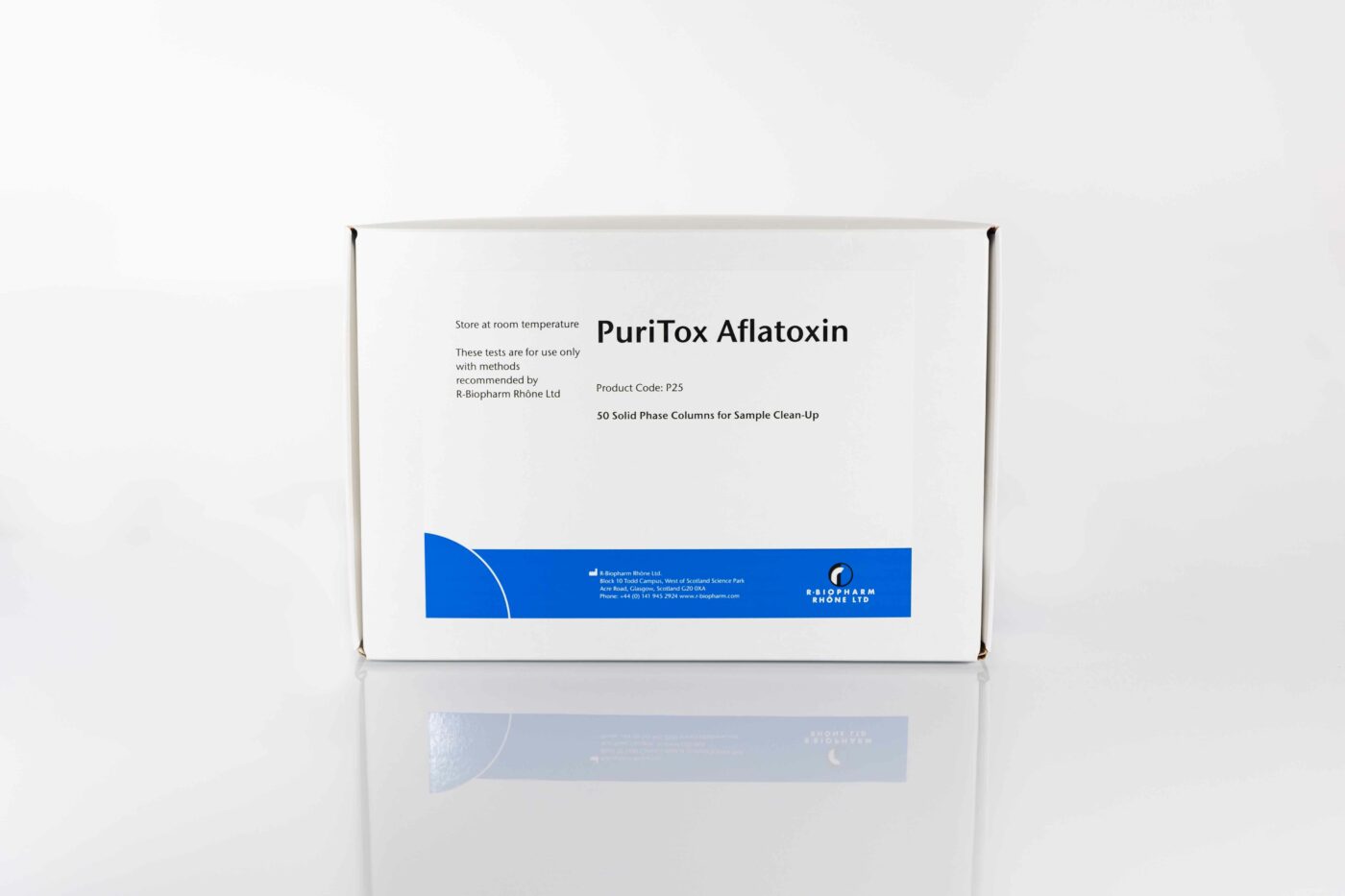
Neuigkeiten aus dem Bereich der Lebensmittel- und Futtermittel-Analytik
- Home
- /
- Aflatoxin M1 in ice...
Aflatoxin M1 in ice cream – an overlooked hazard?

We hope you enjoyed the summer and had lots’ of sunshine. Maybe you enjoyed some ice-cream too? From a risk assessment point of view ice cream is typically associated with microbiological hazards or allergens. Yet, did you know aflatoxin M1 can be a hazard too?
Although there is strict control over aflatoxin B1 contamination of animal feed, once it enters the feed chain, it is metabolized by cows. The hydroxylated compound aflatoxin M1 is then excreted into the milk. Subsequently, aflatoxin M1 in contaminated milk can be transferred to milk-derived products like ice cream. However, ice cream has been somewhat neglected for monitoring purposes. In the forthcoming October 2015 issue of the scientific journal Food Control, Hoyos Ossa and co-workers at the University of Antioquia in Colombia have reported and validated a sensitive method for aflatoxin M1 in ice cream.
How to measure aflatoxin M1 in ice cream?
The researchers employed a simple clean-up using AFLAPREP® M immunoaffinity columns prior to HPLC. The method was fully validated with either fluorescence or mass spectrometric detection. Interesting fact: Even with the specificity of LC-MS/MS the authors found immunoaffinity column clean-up to be essential, in order to obtain full confirmatory data based on ion ratios for the identification of aflatoxin M1 at levels as low as 0.001-0.003 μg/kg in ice cream.
A small survey in Colombia showed that 7 out of 15 commercial ice cream samples contained aflatoxin M1, with one sample exceeding the EU regulatory limit of 0.05 μg/kg for aflatoxin M1 in milk.
Summer is over now, but hopefully we will have a few nice and sunny days. Maybe still a good opportunity to have an ice cream? If you like to know more about testing for aflatoxin M1 in ice cream:



